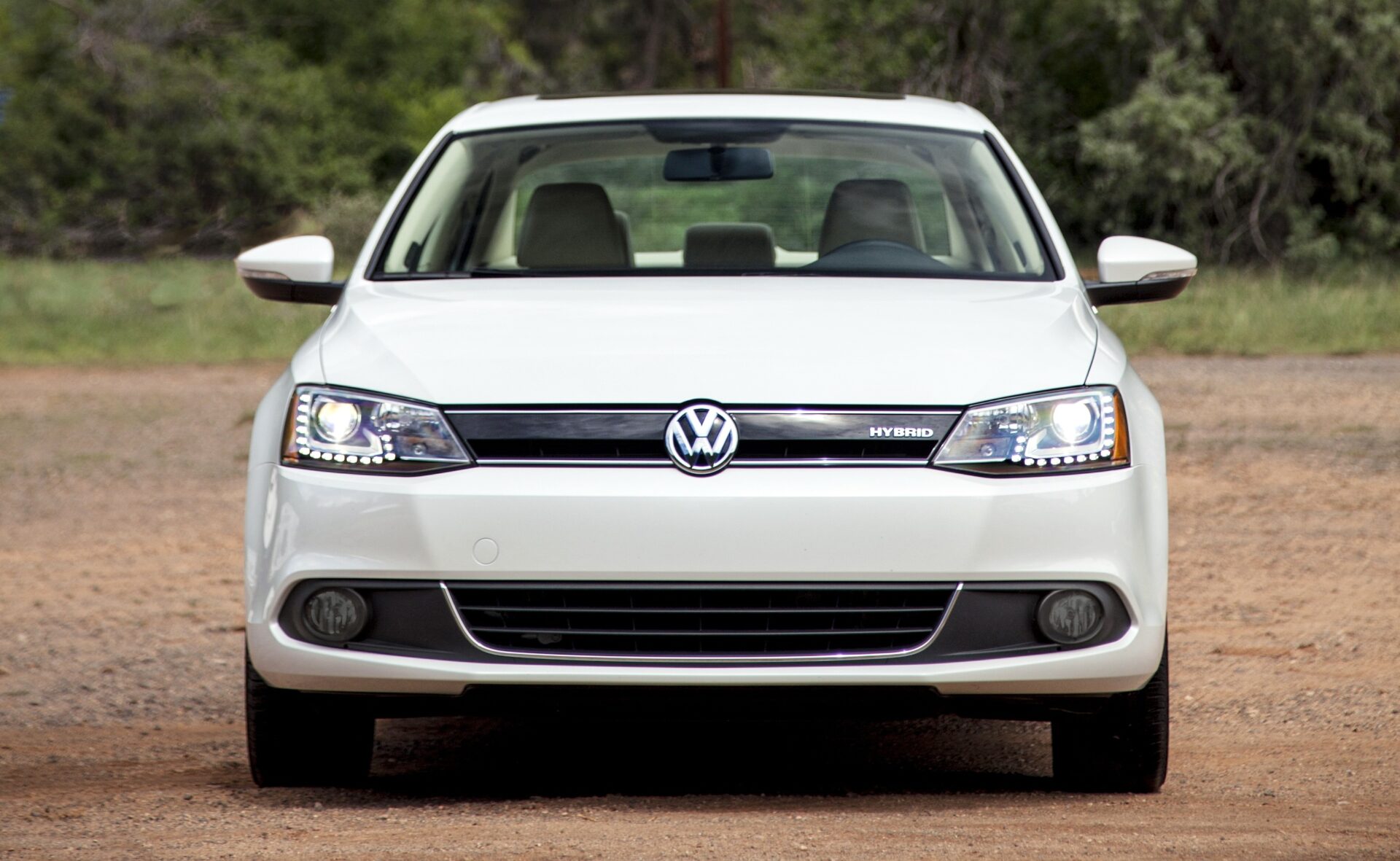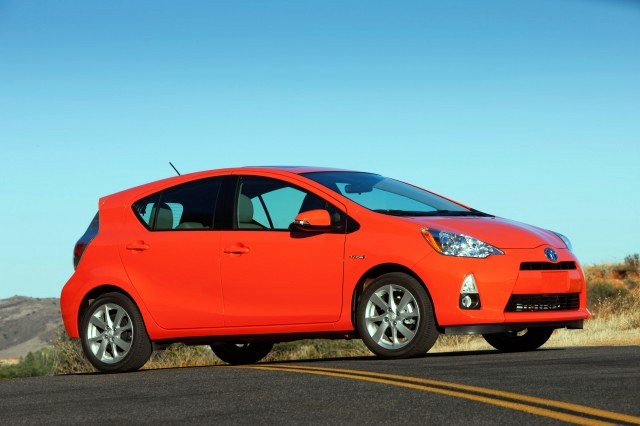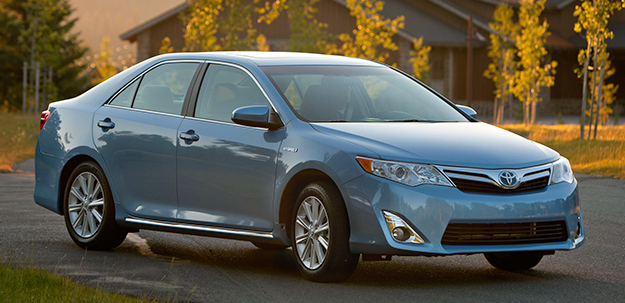Comparison Road Test: 2013 Volkswagen Jetta Hybrid vs. 2013 Jetta TDI
Diesel and hybrid owners have very different reasons for owning each vehicle. After my back-to-back drives, I will suggest that anyone considering a Jetta hybrid for its environmental statement also add the diesel to your shopping list.
The hybrid gets better fuel economy, rides smoother, is quieter and fun to drive, especially when the Boost mode kicks-in. But the diesel engines of 2013 burn clean, are smoke-free, get very good fuel economy and offer a torque/acceleration experience found on more expensive cars.
So which to buy? You will have to run the numbers of an approximate $2,000 base price premium for the hybrid against the number of miles you drive and of course, your personal needs. If you drive mostly in the city or with significant freeway stop-and-go traffic, then making the hybrid investment may well be worth your while. If you do mostly open freeway driving, then the diesel will deliver mpg in the high 40 range, which is oh so great.








